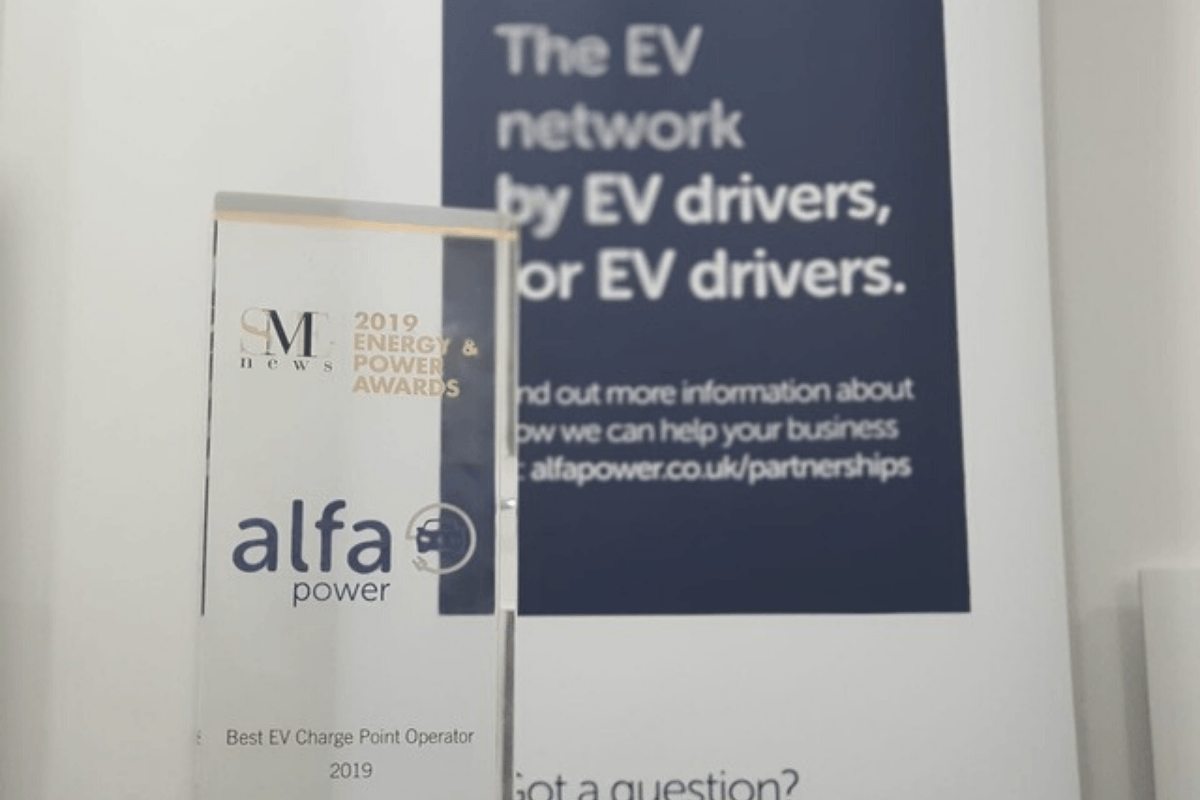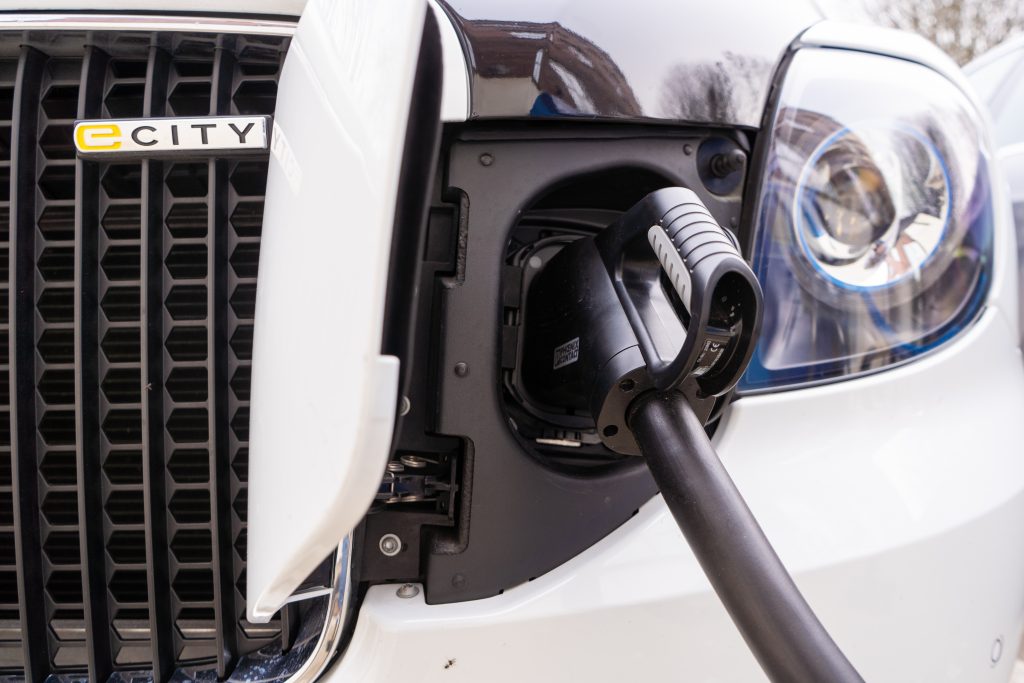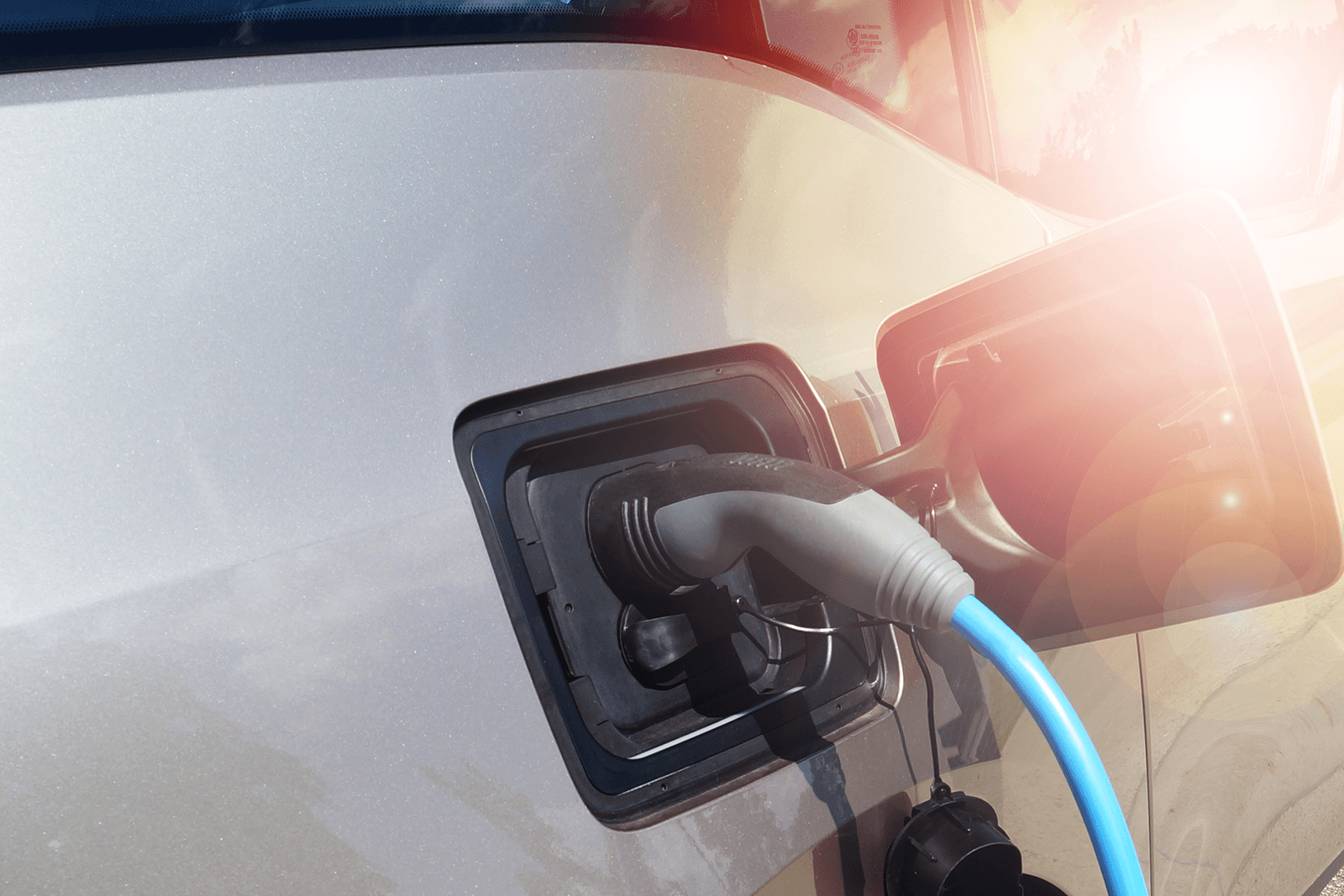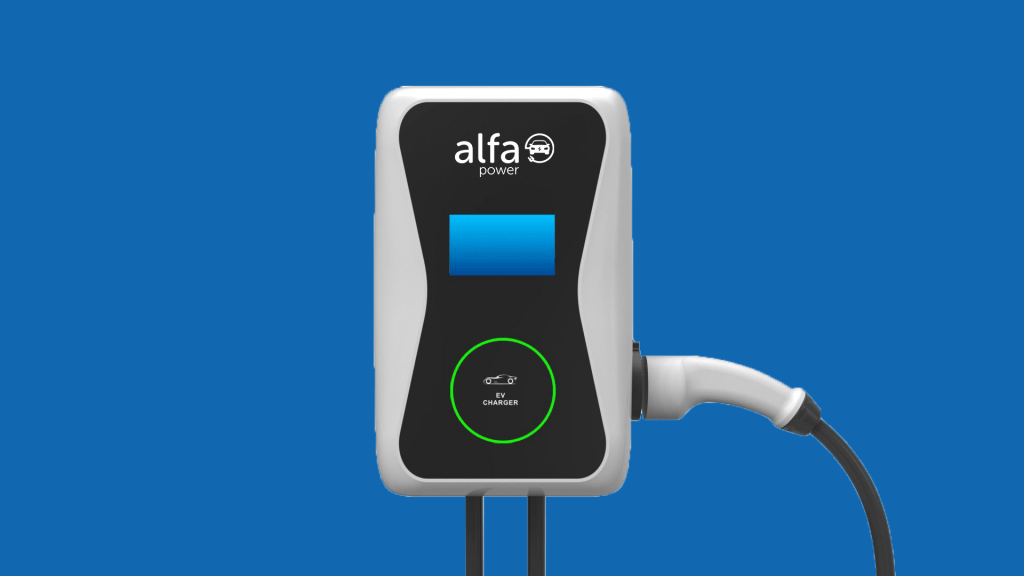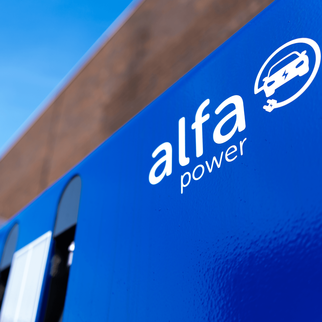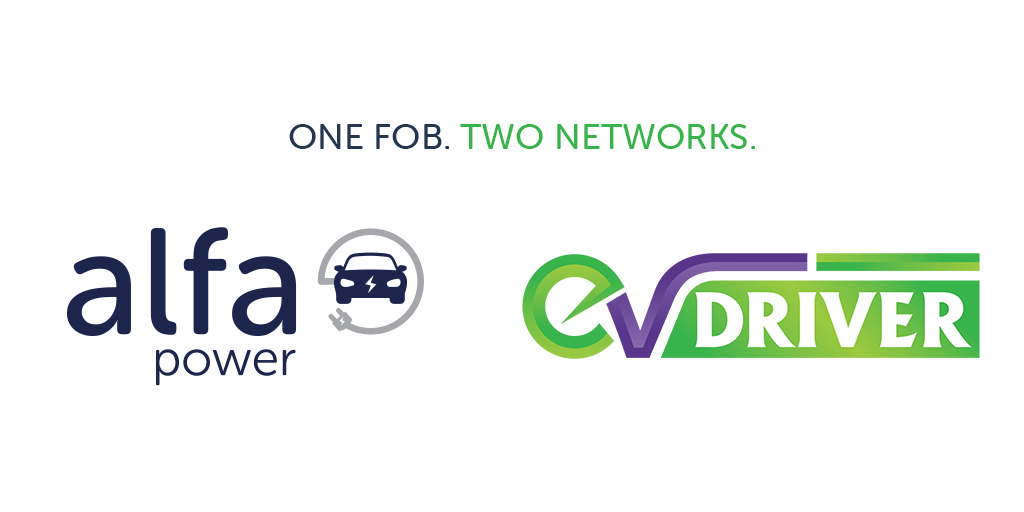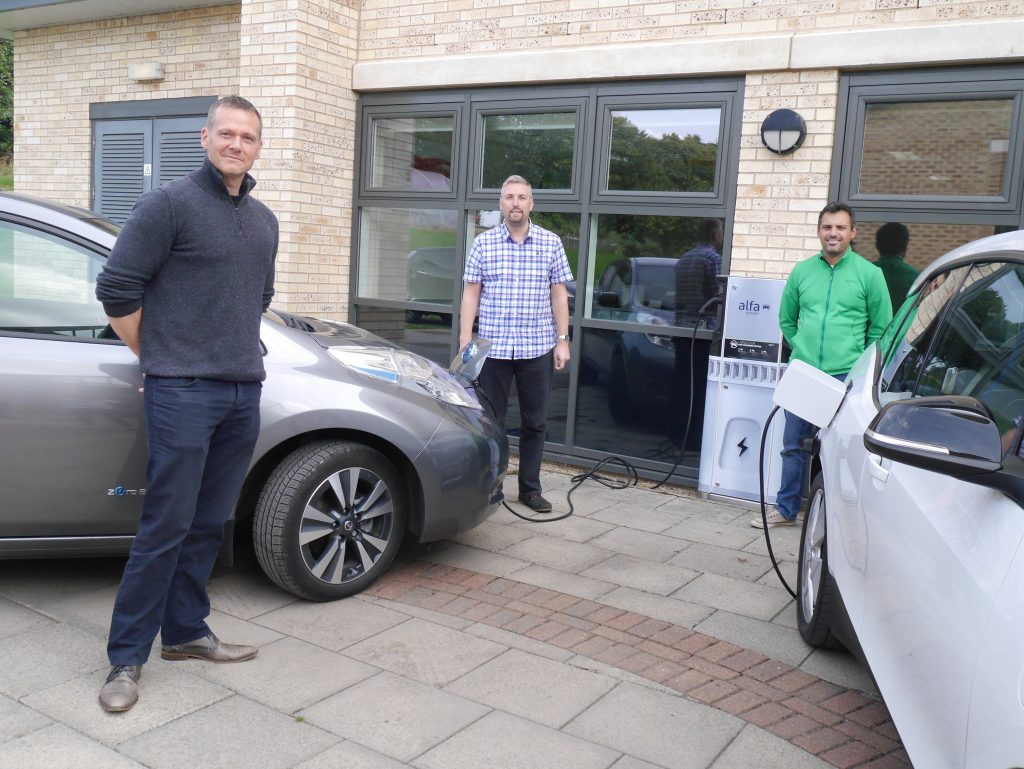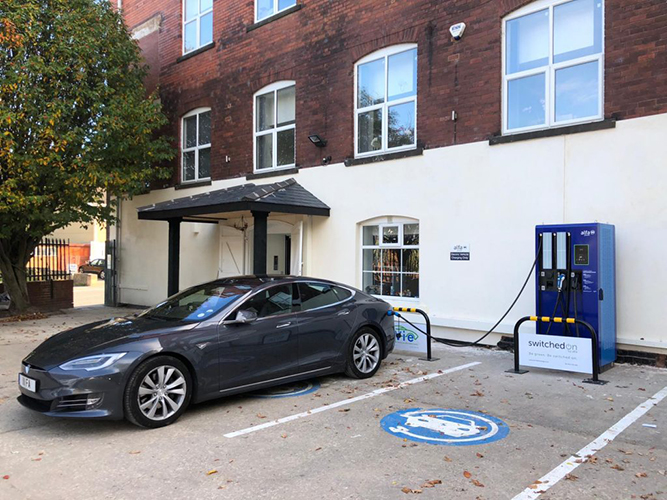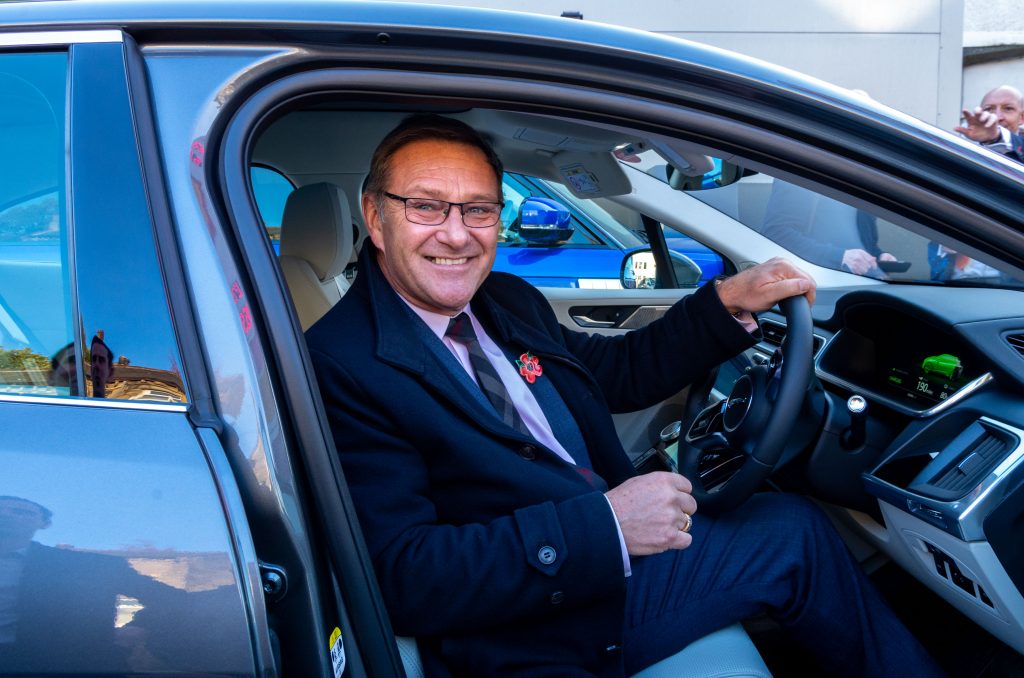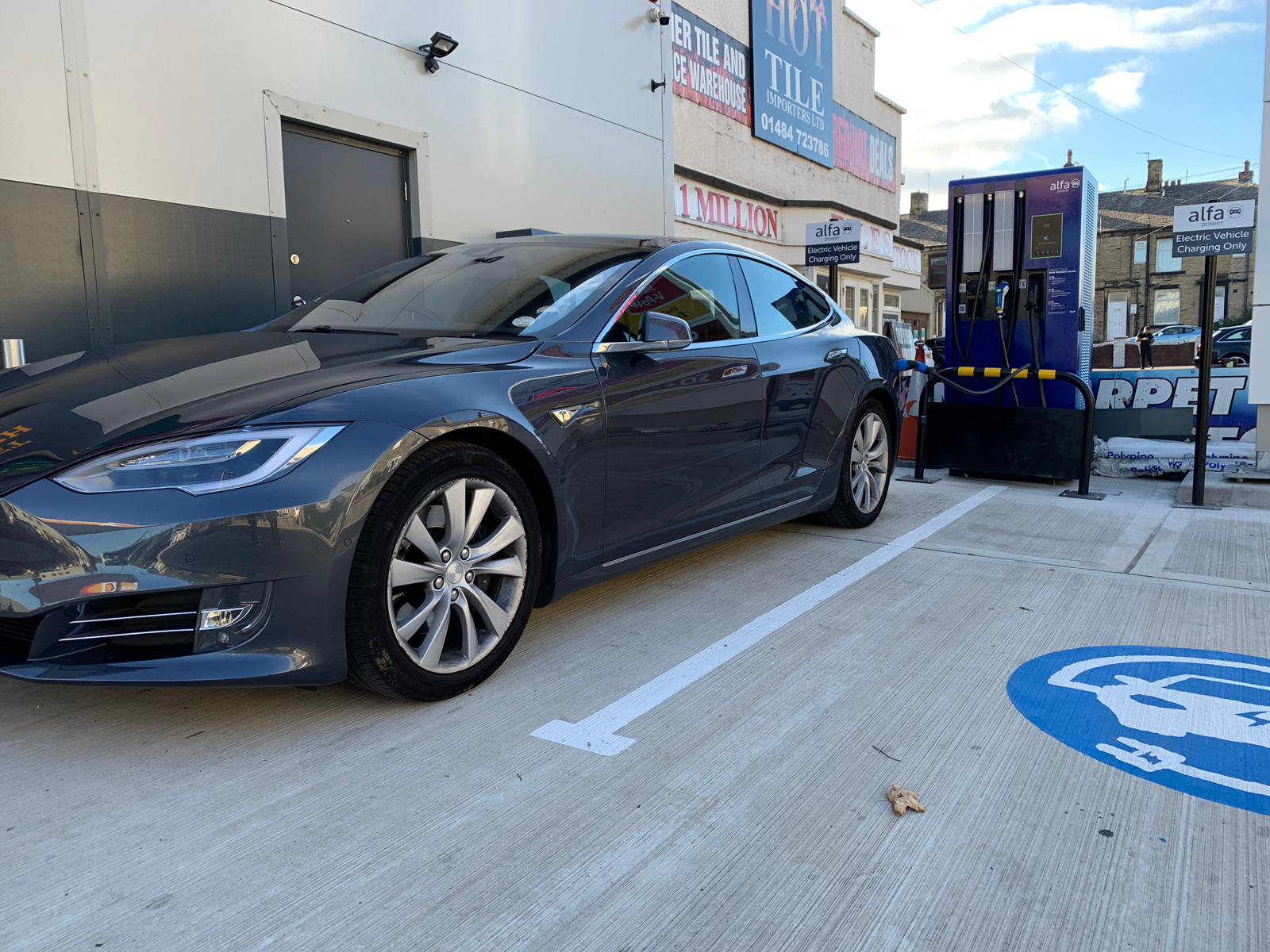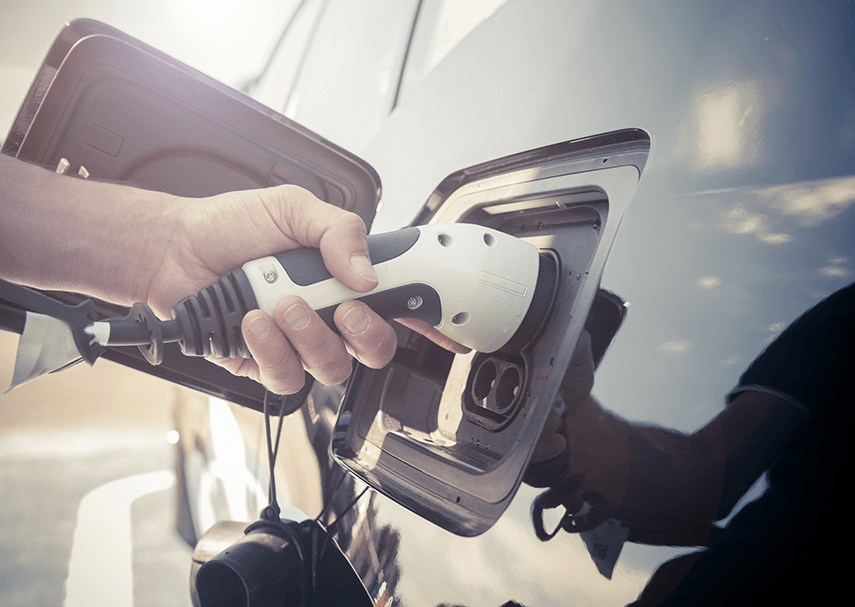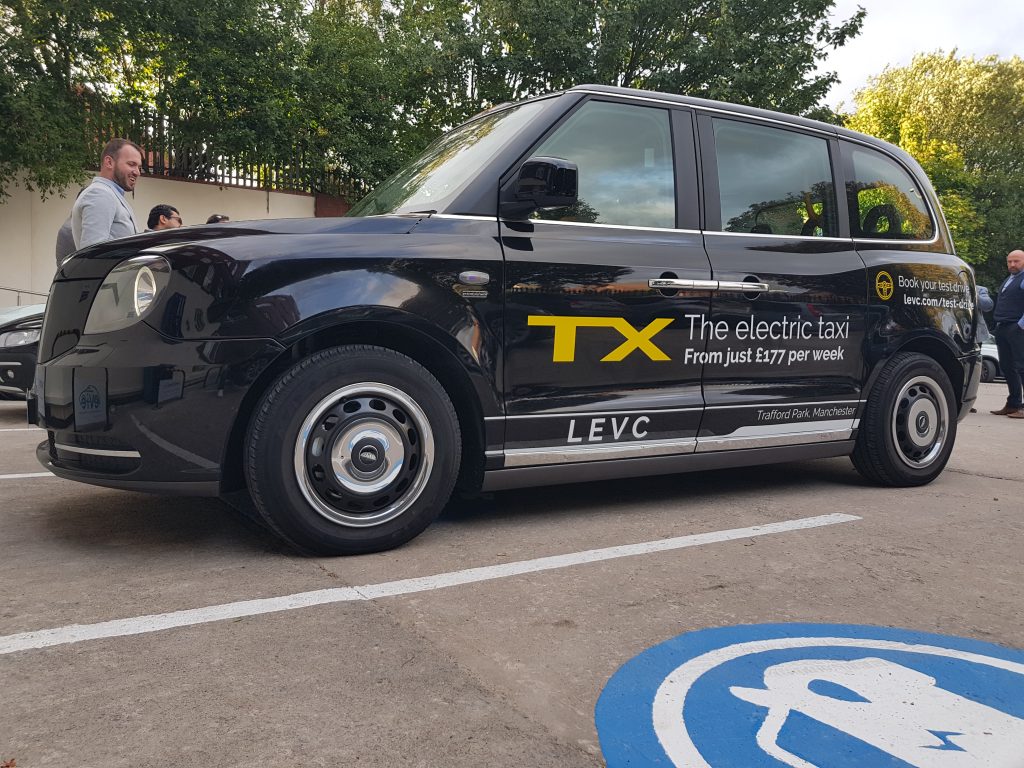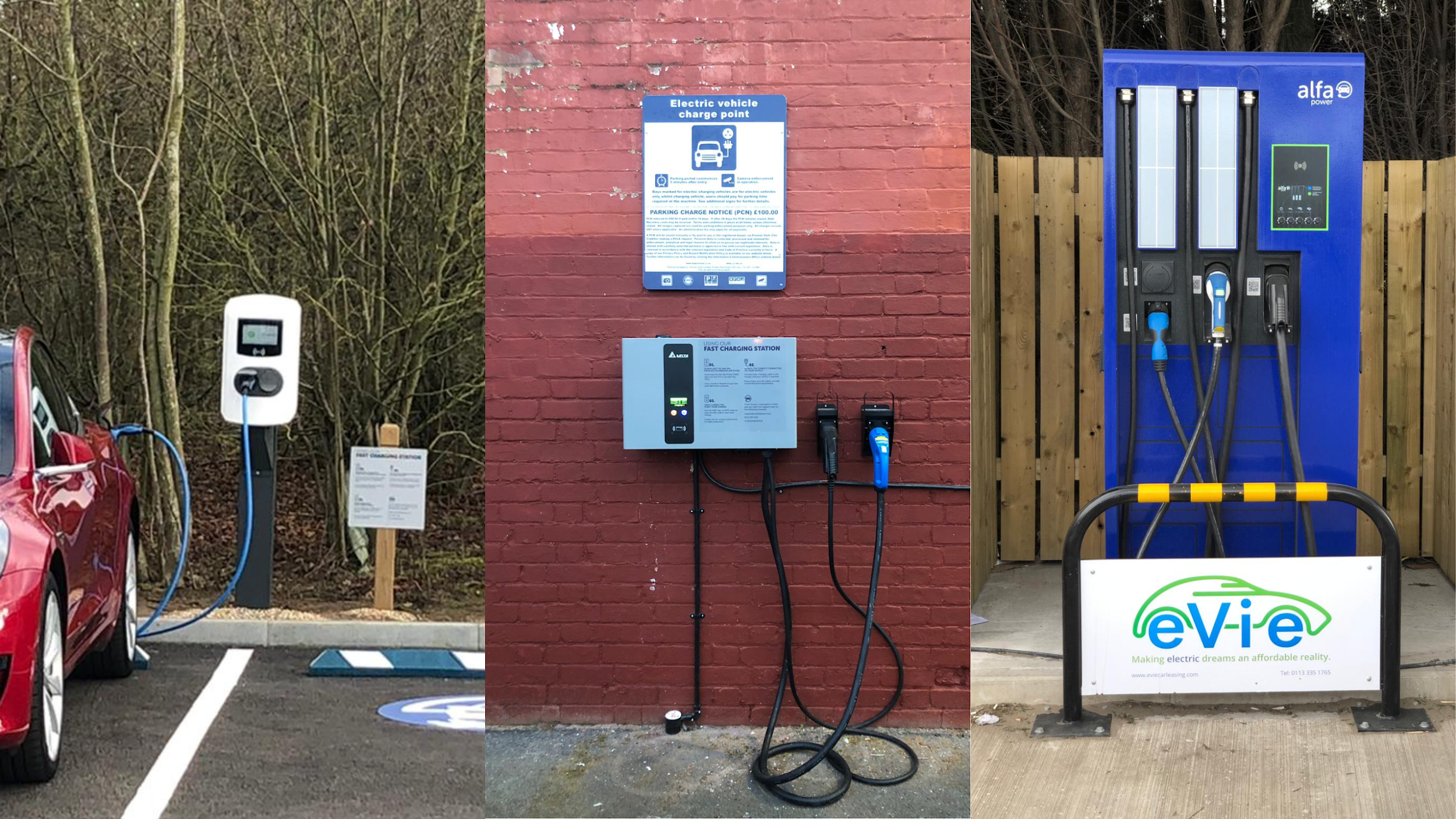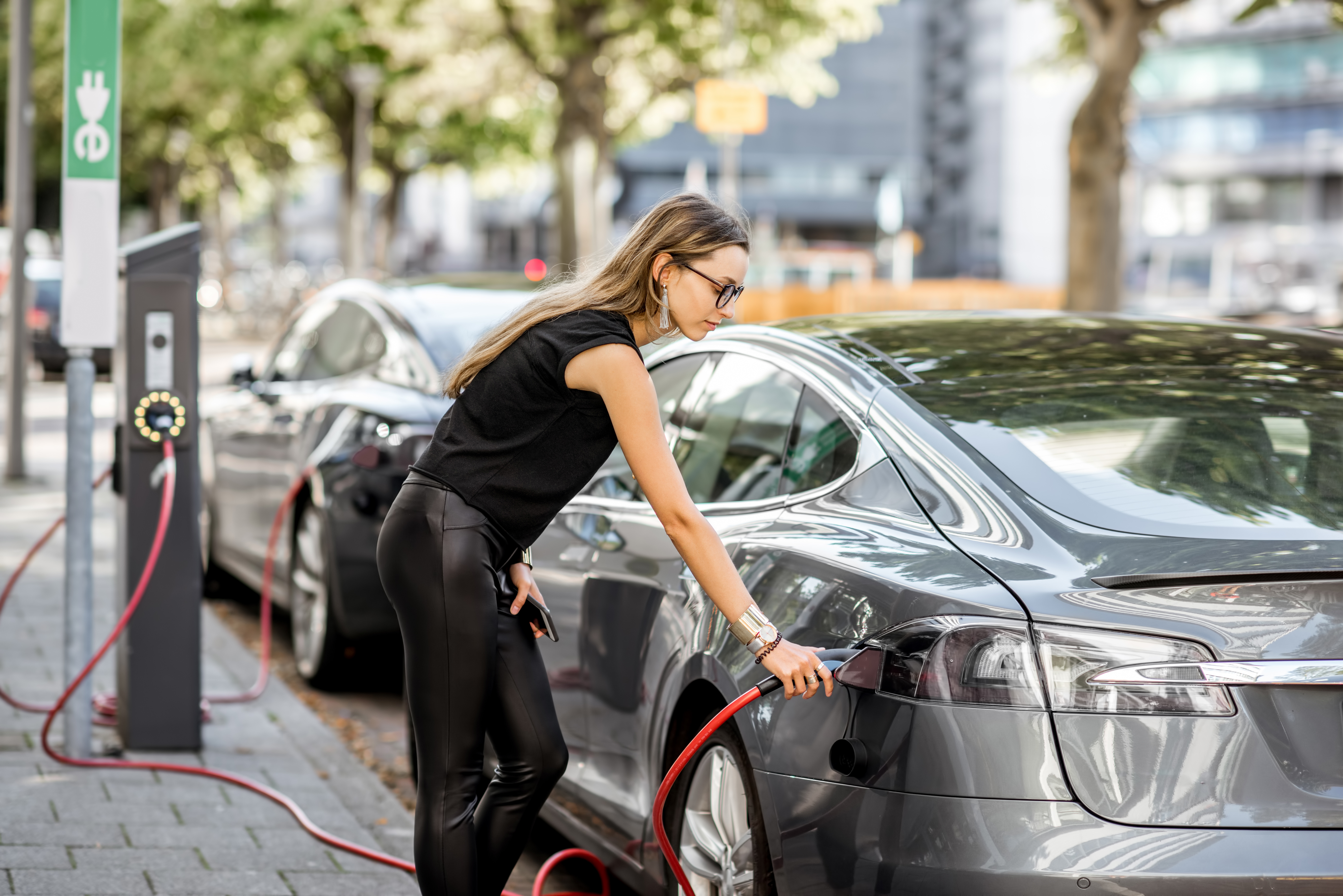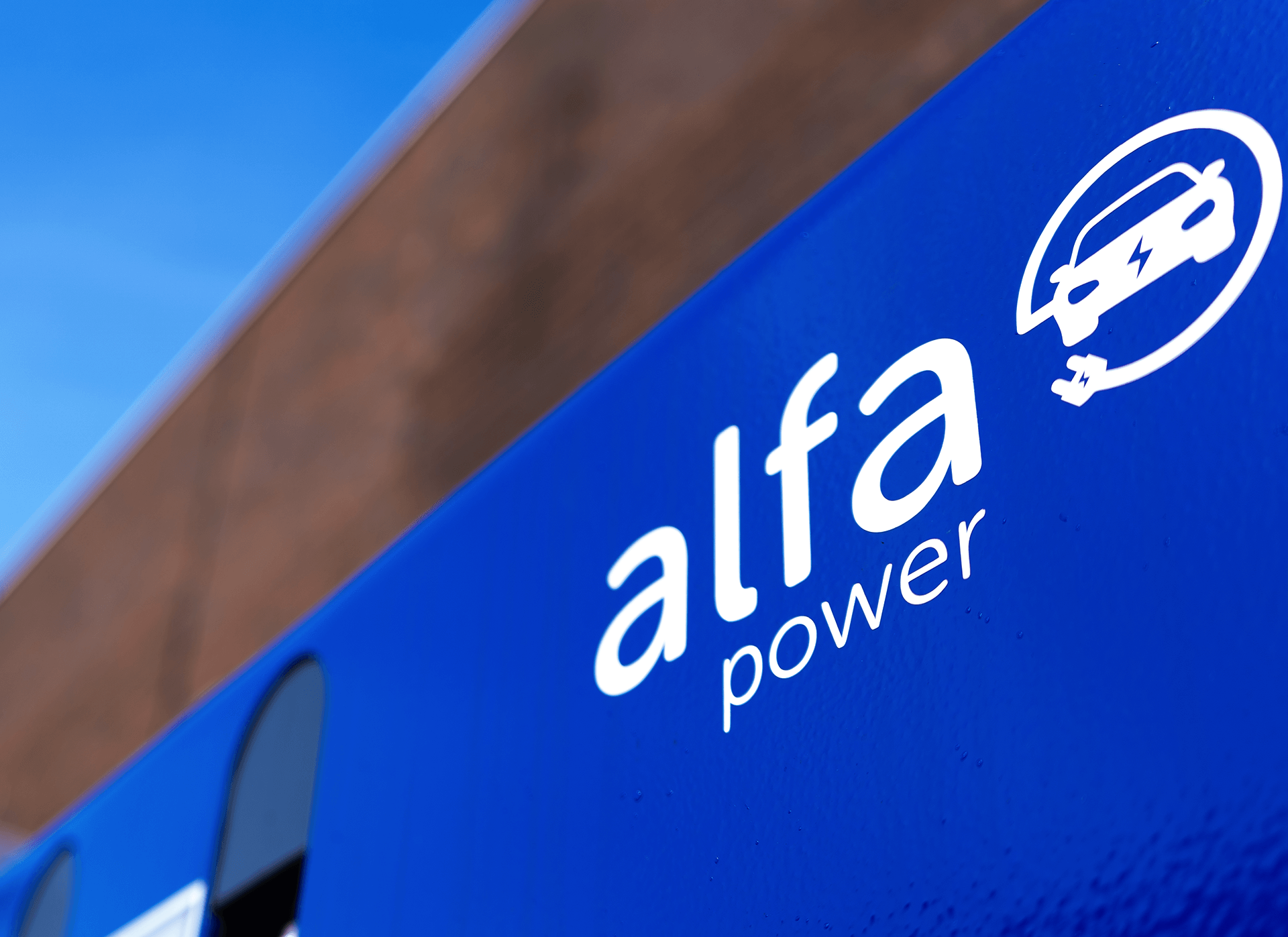Can the national grid cope with demand from electric cars?
15th September 2019
How the national grid will cope with a spike in electric vehicle sales has been discussed widely by many within both the energy and EV industries.
Is it possible for the grid to cope with a massive spike in electric vehicle sales? Is the grid able to handle all those vehicles charging at the same time? How will the grid roll out the infrastructure required to facilitate such an increase in demand from EV users? These questions have been posited by many, but, where do we stand?
In 2018, Graeme Cooper, project director at the National Grid stated that nine million electric cars on the road in the UK would need an additional 8 gigawatts of power, a figure which would drop to 4 gigawatts with smart charging.
Cooper is also confident that a spike in EV sales would not cause a critical situation for the National Grid.
“People who lease a car tend to be on a three to four-year cycle; people who buy private vehicles tend to be on an eight to nine-year cycle,” Cooper said. “So while a change overnight could be more dramatic, it won’t be a cliff edge.”
Ofgem, Britain’s energy regulator, published guidance on system reforms to support the electric vehicle revolution. The research suggests incentives be introduced to encourage drivers to charge during off-peak hours. According to the paper, such a shift in charging habits would mean the number of vehicles able to charge on the grid would increase by 60%.
So, what would happen if smart charging were not adopted in the UK? According to Malcolm McCulloch, head of Oxford University’s Energy and Power group, The National Grid would require an additional 20 gigawatts. However, if smart charging were adopted, McCulloch estimates only an additional 20 megawatts would be required.
Despite a disparity in the estimates, one thing is clear, the need for regulated smart charging is something that many are keen to see implemented.
“Three fifths of drivers agree that domestic charging points should automatically default and delay charging a vehicle until energy prices are at their lowest,” AA president, Edmund King said. “As well as keeping bills down, it will also allow the grid to cope with the new demand.”
Our government has also recognised the benefits smart charging brings to the table. Earlier this year, the government announced that all chargers acquired through its home charge scheme must utilise smart technology.
Michael Ellis QC MP, former Minister of State at the Department for Transport, spoke on the government’s commitment to the EV revolution at the launch of the government initiative. “The Government wants the UK to be the best place in the world to build and own an electric vehicle, with leadership and innovation, helping us pave the way to a zero-emission future.
“We’re in the driving seat of the zero-emission revolution. Our new requirements for charge points could help keep costs down, ensuring the benefits of green transport are felt by everyone.”
Running alongside smart charging is vehicle to grid (V2G) technology. V2G allows EV owners to sell the energy in their batteries back to the network while the vehicles aren’t in use. V2G could help relieve strain on the grid, putting it to much more efficient use.
The use of smart charging and V2G technology will play a vital role in the world of EV during the coming years, helping the grid cope with demand from the growing EV market. But, perhaps the most important thing we remember while implementing such technologies is that we don’t stray too far from the path, too quickly.
Making the leap from a petrol/diesel car to an EV is a fantastic experience, but it can also be somewhat daunting to some. It is undoubtedly an experience through which the general public would benefit from increased education. Smart charging and V2G are no different in that regard, and the last thing we want as a community is to overwhelm prospective EV buyers.
More Recent News
